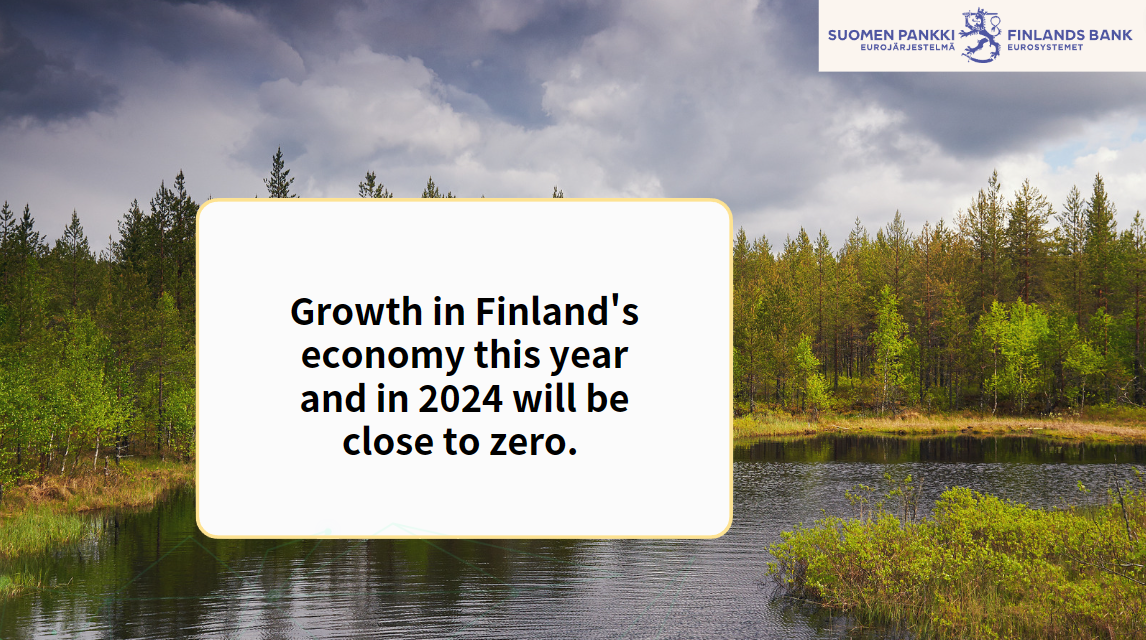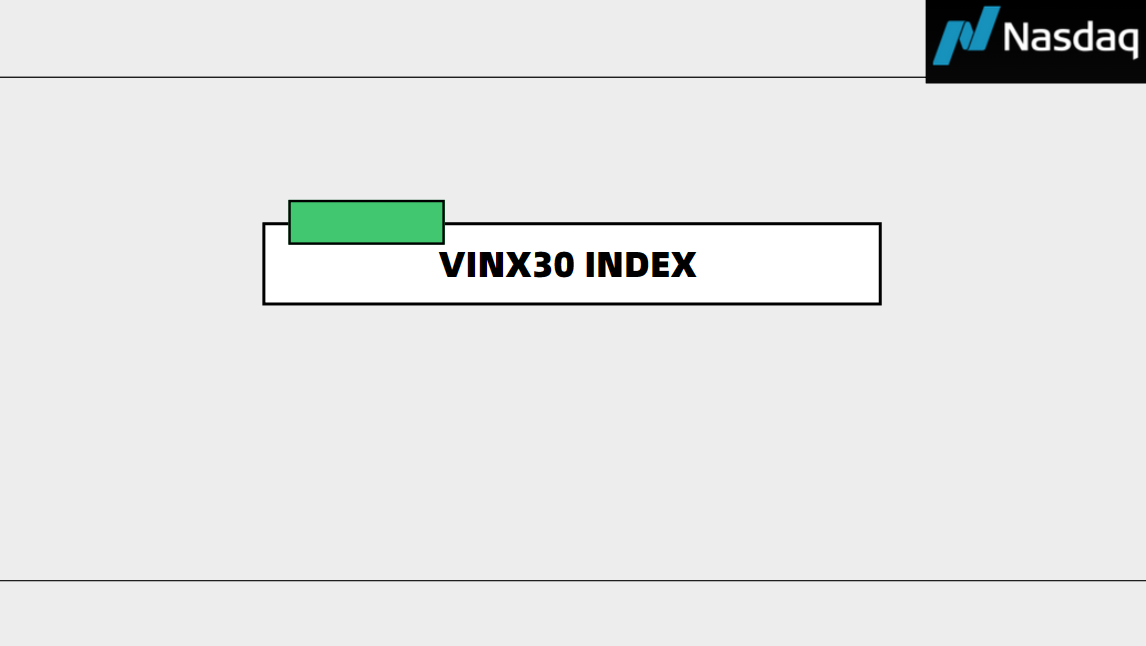Finnish households’ purchasing power is improving – The economy’s long-term challenges are acute
At the same time, there are factors which are underpinning growth: a strong labour market, rising purchasing power, a fading of the uncertainty caused by the energy crisis, and an easing of supply disruptions.
The rise in consumer prices in the euro area is slowing, but not to the extent desired. Inflation excluding energy and food is falling only gradually. Headline inflation in the euro area was 6.1% in May, while underlying inflation, which is of particular importance for monetary policy, was at 5.3% for the same month.
Inflation which is high and difficult to forecast is detrimental to growth in the economy. To bring inflation down to its 2% target in the medium term, the Governing Council of the European Central Bank (ECB) has been raising interest rates. It began raising rates in July 2022, and the key policy rate is now at 3.5%. “The ECB has raised interest rates to prevent inflation from getting out of control and to restore households’ real purchasing power. This will ensure economic stability, which is essential for sustainable growth and high employment,” emphasises Governor Olli Rehn.
“We will bring interest rates to levels sufficiently restrictive to achieve a timely return of inflation to the 2% medium-term target and keep them there as long as necessary,” says Rehn.
The surge in consumer prices across a broad front last year has been somewhat more of a strain on Finnish low and middle-income households than on high earners, due to the increased prices of food and housing. The rapid growth in interest payments, on the other hand, is particularly affecting middle and high-income households with major debts. However, they also have the means to balance out their consumption over time.
“The declining level of inflation together with wage increases and index adjustments to social benefits means that the purchasing power of Finnish households is starting to grow again. The strong labour market has also improved the prospects for households to cope with rising prices and interest rates,” says Governor Rehn.
Finland’s public finances have been almost continuously in deficit now for over 15 years. The economy’s long-term challenges – strengthening the public finances and securing the conditions for sustainable economic growth – are already acute.
Based on the Bank of Finland’s long-term scenarios, the availability of skilled labour will be adversely affected by the ageing of the population and by the standstill in the previously rising educational level of young people, and this will also diminish the economy's growth potential. “The demographic change is so significant that it will be very difficult to secure the prerequisites for growth without an increase in work-based immigration,” says Governor Rehn.
“Meeting the challenges calls for a two-pronged approach to strengthen sustainable growth and balance the public finances. The Government Programme includes elements for such an approach and establishes a foundation for strengthening public finances and prerequisites for sustainable growth,” says Governor Rehn. “The reforms will certainly demand considerable patience and a persistent long-term view, as the beneficial effects of structural reforms are generally fairly slow to become apparent.























































First, please LoginComment After ~